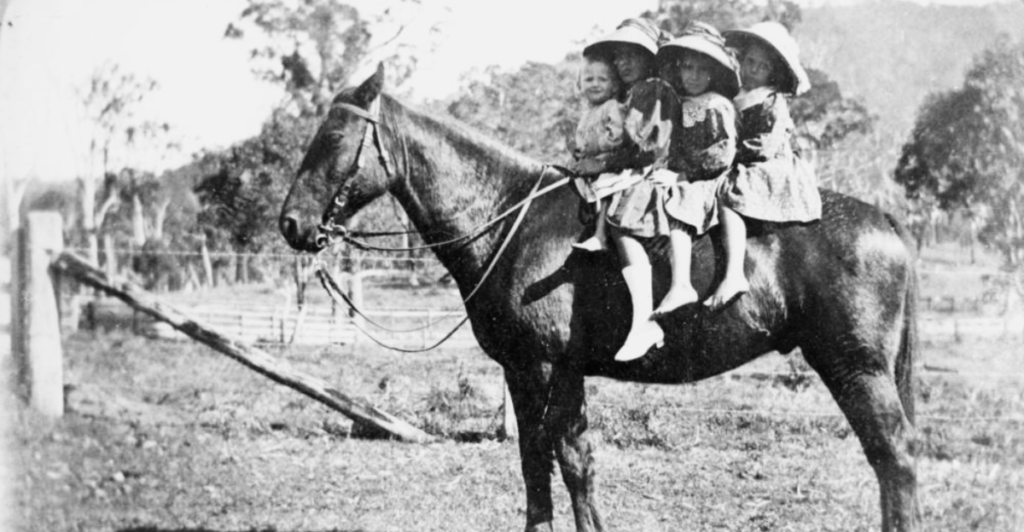
We often pat ourselves on the back when it comes to historical achievements, but in some cases, we wouldn’t be where we are today without the help of earth’s other important mammals—animals. With contributions to major advancements in war, medicine, transport, and general agriculture, animals have helped support us from the very beginning, and not just as a source of food.
How Animals Have Led to Changes in Society

Animals have changed history, how we function in their domestication, and their use in helping build whole societal structures, cultural practices, and technological advancements. Their contributions range from providing food and companionship to enabling significant economic and scientific developments. Looking at our relationships with animals can help us better understand how animals have been integral to human progress and how their roles continue to evolve.
1. Donkeys in the Bronze Age
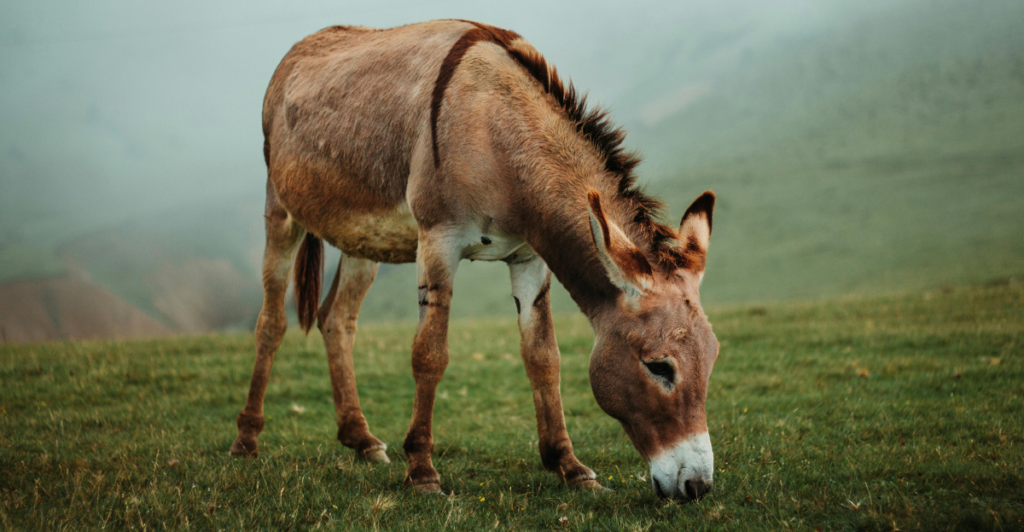
Known for their ability to carry enormously heavy loads, donkeys have played a key role in transportation for thousands of years. They were crucial in the Bronze Age as they helped transport copper over long distances, enabling the use of bronze in tools and weapons. This step forward in evolution marked a significant technological leap in human history.
2. Dogs and the Rise of Human Civilization
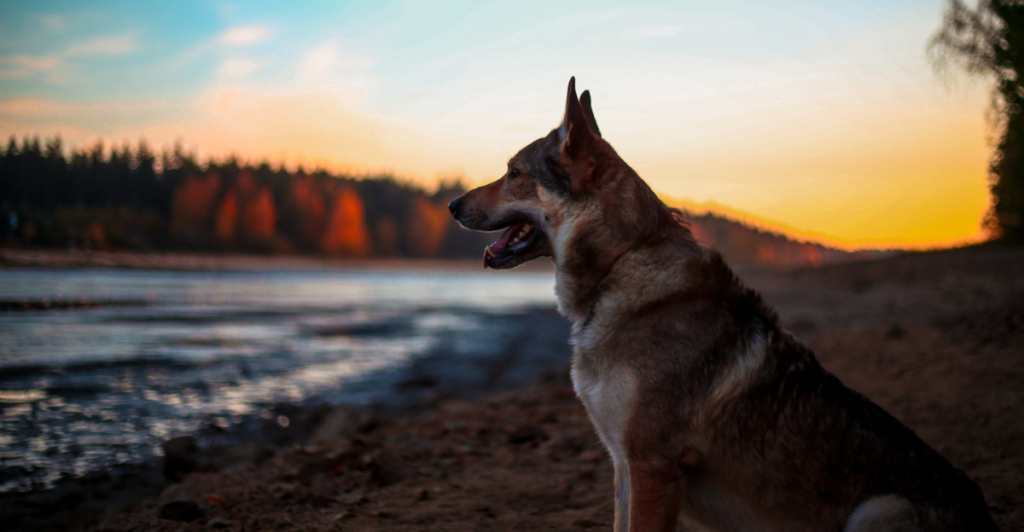
“Man’s best friend” was humanity’s first animal friend, forging a relationship that would last millennia. As the first animals to be domesticated, around 14,000 to 40,000 years ago, their companionship and assistance in hunting may have given early humans a competitive edge over other species like Neanderthals. Since then, our fur and faithful companions have helped technological advancement by going into space (Laika), transporting a life-saving serum from Seatle to Alaska via dog sled teams, running telephone lines underground during WWII, and so on.
3. Horses and the Transformation of Warfare
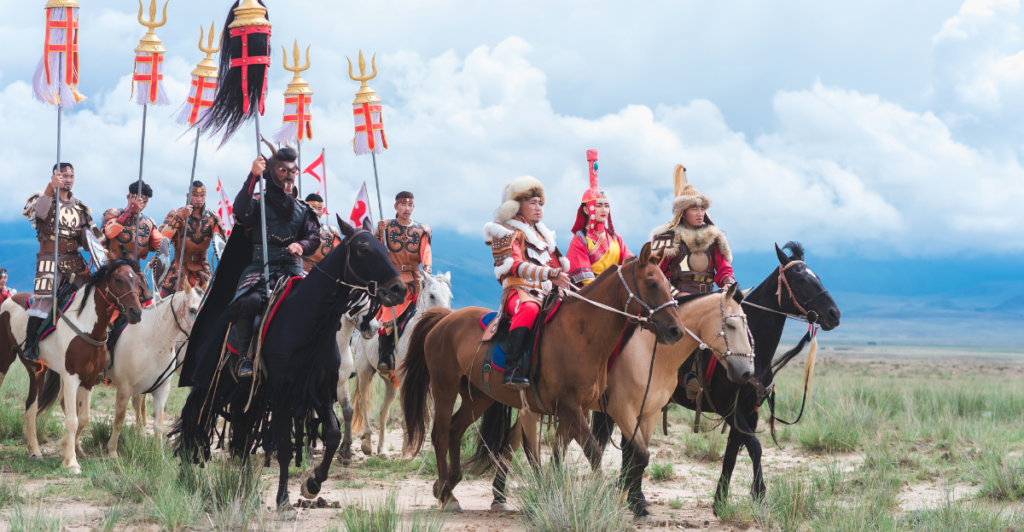
Horses, like Donkeys, have been used for transportation for thousands of years. At one time, they were our only means of transportation and still played a vital role even after the invention of the wheel. But horses played another role in revolutionizing warfare by providing mobility and strength, allowing armies to conquer vast territories, forever changing the dynamics of power and conflict across the globe.
4. Cattle and the Emergence of Agriculture
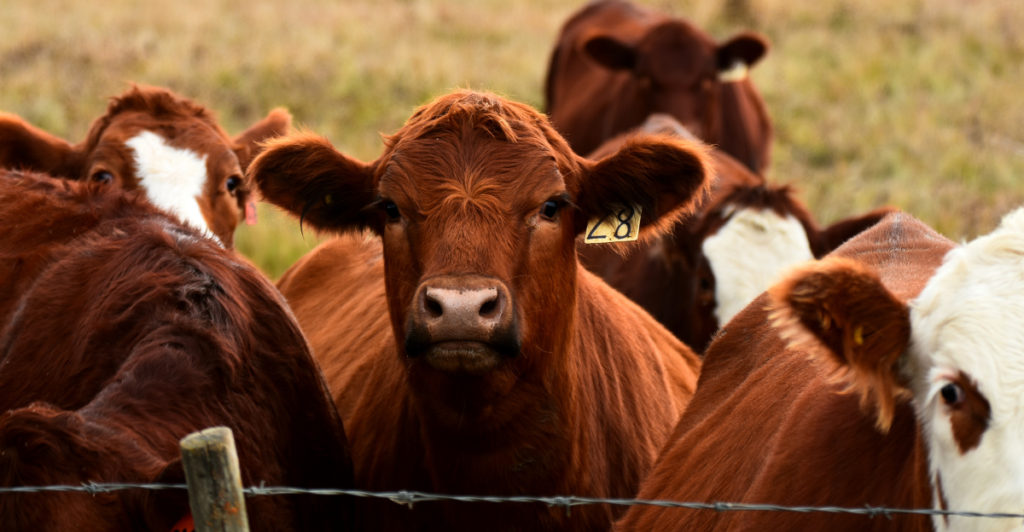
Recent studies have shown that cattle have been used in agriculture for thousands of years. As humans evolved and took to farming over hunting, recent studies have shown that all cattle can be traced back to a small herd of ox. The domestication of cattle around 10,000 years ago provided a stable food source and enabled the development of settled agriculture, marking a pivotal shift from nomadic and hunting lifestyles.
5. War Elephants as Ancient Tanks
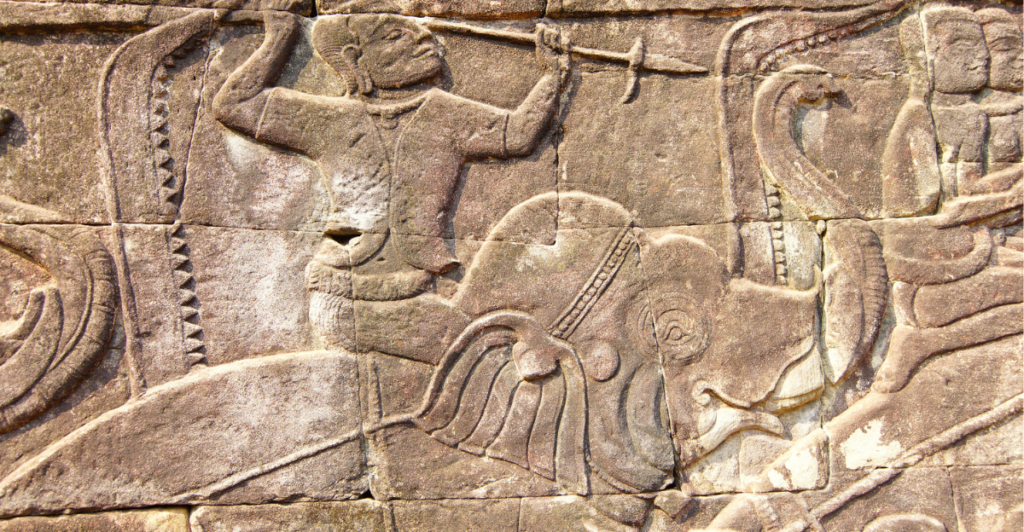
With many species now considered endangered, elephants were once considered integral in times of war. In ancient times, elephants were trained and guided for combat and used as formidable war machines, capable of breaching fortifications, breaking ranks, and intimidating enemy forces. In fact, using elephants in wartime was called “Elephantry,” and their use in warfare influenced the outcomes of numerous battles.
6. Bees and Human Nutrition and Economy
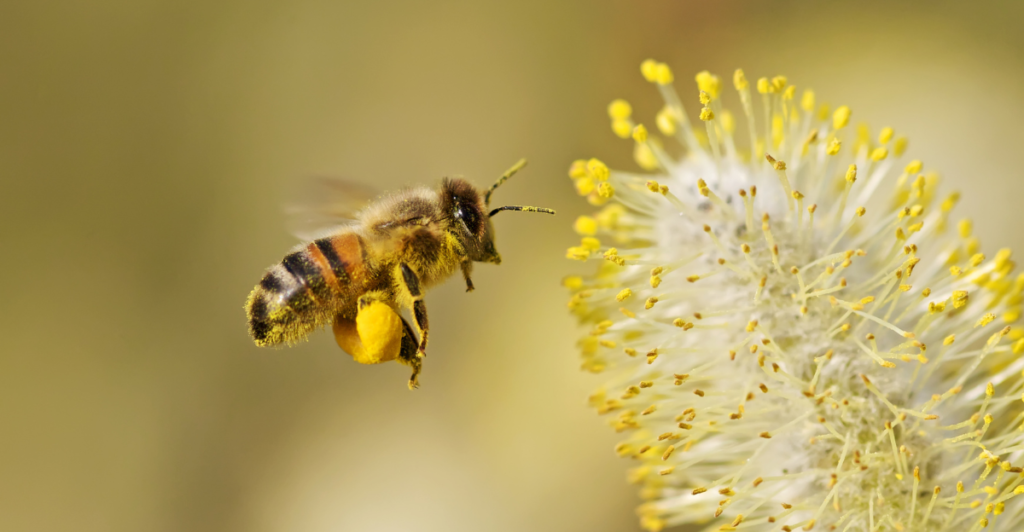
Bees have played a significant but underestimated role in human nutrition and health throughout the ages. Through pollination, bees have ensured stable crops, safeguarding food systems. Their honey has been used for medicinal purposes, not only as a healthy source of sugar but also in the development of pharmaceuticals, especially as an antibacterial. Therefore, bees and their products have influenced human health practices, agriculture, and pharmaceutical development.
7. Sheep and Technology
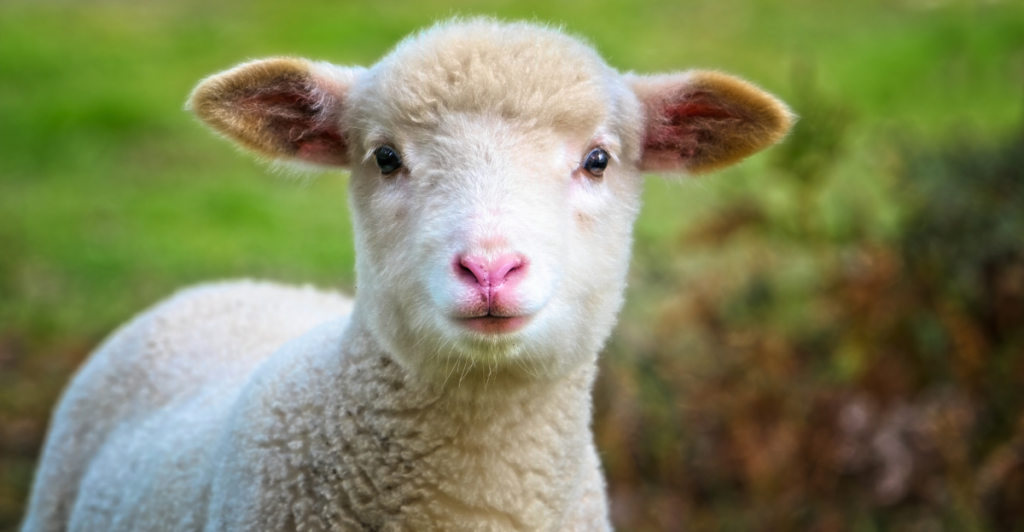
Sheep, known mostly for their contributions to keeping us warm and cozy in winter, have been used in advancing technology. For example, Montauciel the sheep, a duck, and a rooster were put into a hot air balloon in 1783 to see if they would survive time spent at higher altitudes. The theory was that if he survived, humans could too. Additionally, Dolly the sheep was the first mammal cloned from an adult cell in 1996, opening doors to cloning technology with implications for agriculture, medicine, and conservation.
8. Silkworms and the Silk Road
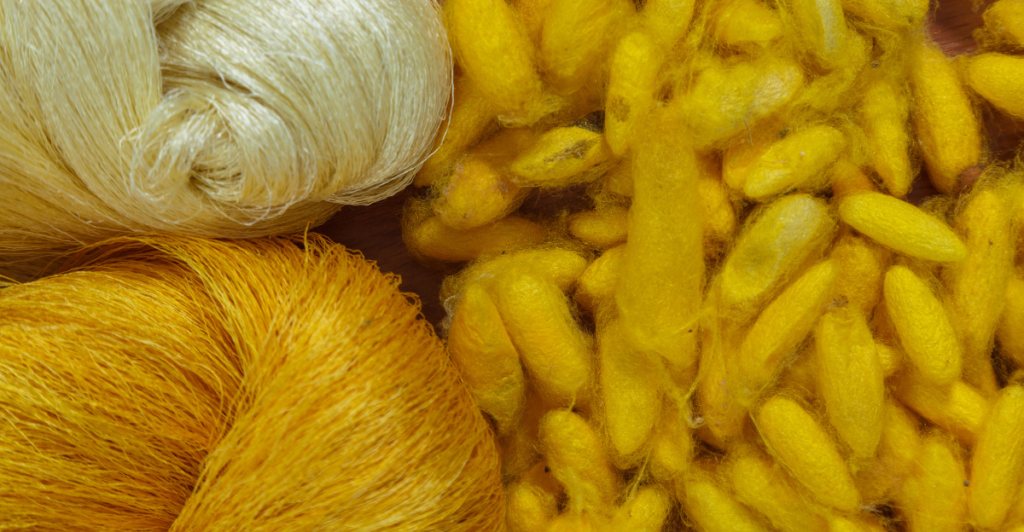
Silkworms are caterpillars known for the protein fibers they produce, which are used to make silk fabrics. As such, these worms were central to the development of the Silk Road, a network of trade routes that connected East Asia with the Mediterranean region. In 2,700 BCE, the Chinese developed the practice of raising silkworms to make silk. The silk trade fostered cultural exchange and economic growth across continents.
9. Goats and Their Produce
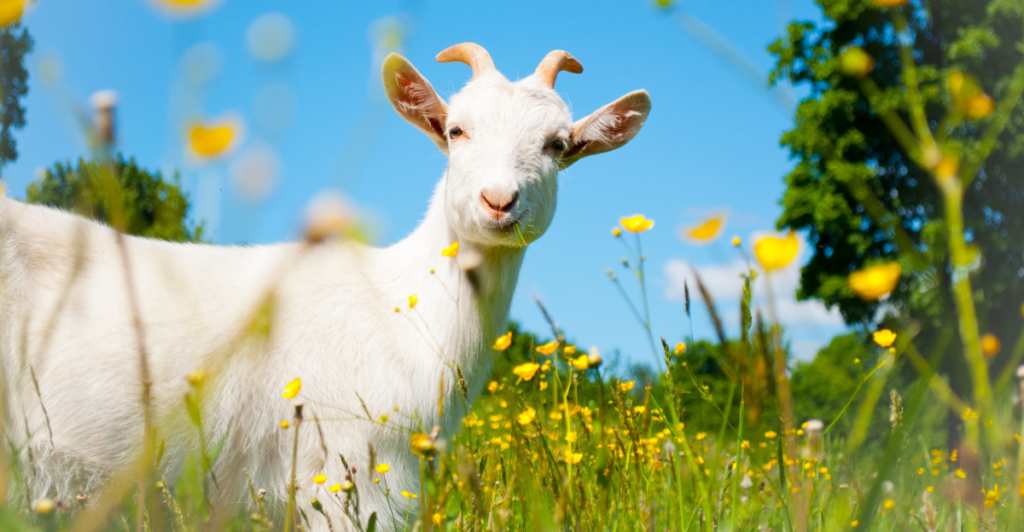
The oldest known livestock DNA belongs to a goat and dates back to roughly 8,200 B.C. Humans have a lengthy history of domesticating, herding, and breeding goats. As we turned away from hunting towards farming, goats offered humans access to their produce, which includes milk, meat, and other useful materials (such as hide and bone). Goats were used for everything from clothes to tools.
10. Rats and Modern Medicine
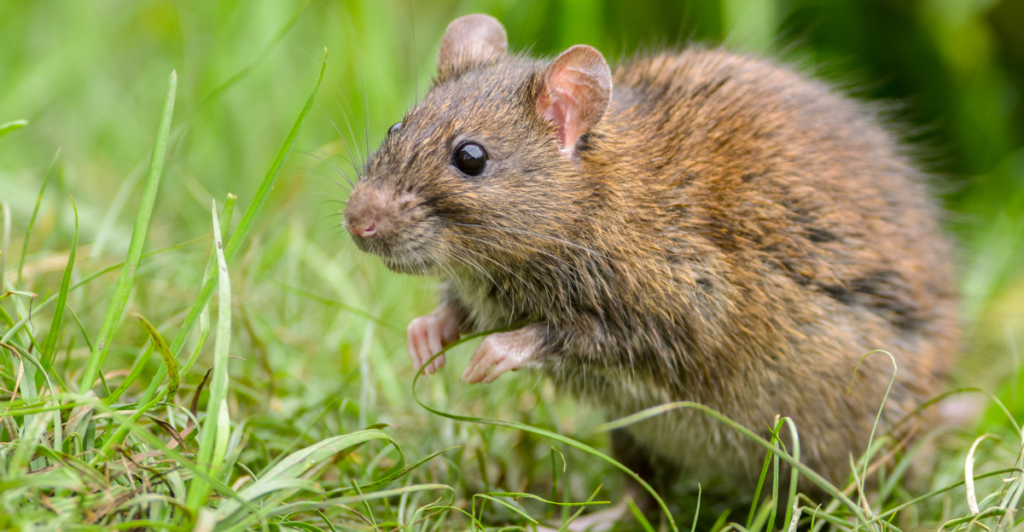
Rats, most often considered vermin and food for our domestic felines, have also been used in medical research. These rodents have been used as “guinea pigs” for experiments and have ultimately helped contribute to breakthroughs in understanding disease and treatment for over 150 years. Their role in scientific experimentation has been instrumental and is often underestimated, in advancing human health.
Animals in History

We traditionally emphasize our own role in shaping history, but one could argue that we would be nowhere without the animals that have contributed to our advancement. Our use of horses, donkeys, dogs, cats, rats, elephants, monkeys, pigeons, and other animals to improve and drive society forward showcases our innate reliance on and connection with our animal kingdom, proving that we really cannot live without them.
Discover more of our trending stories and follow us to keep them in your feed

California Is Breaking Apart: A Fault Line Is Forming Faster Than Anyone Predicted
After 800 Years of Silence, This American Volcano Shows Signs of Activity
Philanthropist Promises To Cover $771.23M Annually After US Exit From Climate Accords
The War on Cows Is Over—And Green Extremists Have Lost
References:
Reference 1
Reference 2
Reference 3
This article first appeared here
Stay connected with us for more stories like this! Follow us to get the latest updates or hit the Follow button at the top of this article, and let us know what you think by leaving your feedback below. We’d love to hear from you!







